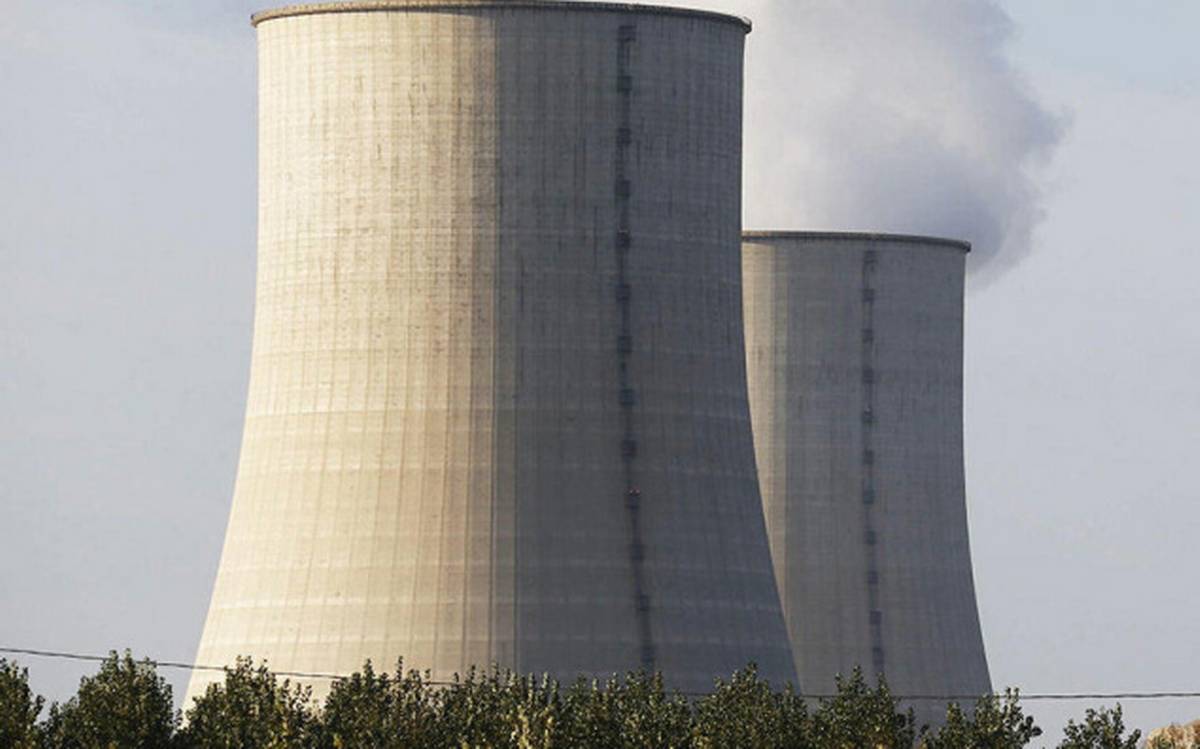- Views: 1K
- Replies: 12

With the world's largest supply of thorium, India is making headway in using this abundant resource for a cleaner, more sustainable energy future. Thorium deposits found along India's eastern coastal regions could be the answer to the country's growing energy demands.
Thorium holds significant advantages over traditional nuclear fuels. It's far more plentiful than uranium, produces less radioactive waste, and doesn't contribute to greenhouse gas emissions. Scientists within the Department of Atomic Energy (DoAE) see thorium as a key source of energy for generations to come.
India's commitment to thorium is evident in the Kalpakkam nuclear power plant. This groundbreaking facility, developed entirely in India, is successfully testing the use of thorium in power generation. The reactor's unique ability to transform thorium into usable Uranium-233 is a major achievement in nuclear technology.
Prime Minister Narendra Modi's visit to the Kalpakkam plant, where he witnessed the start of core loading, demonstrates the government's dedication to this burgeoning energy source. India's ambition to triple its nuclear power capacity by 2030 heavily relies upon thorium, aiming for a balance between energy security and environmentally responsible development.
Thorium-powered systems offer a brighter future for India's energy landscape. Its clean and abundant nature could hold the key to reducing carbon emissions and fulfilling the nation's increasing energy requirements as it moves toward a greener future.

